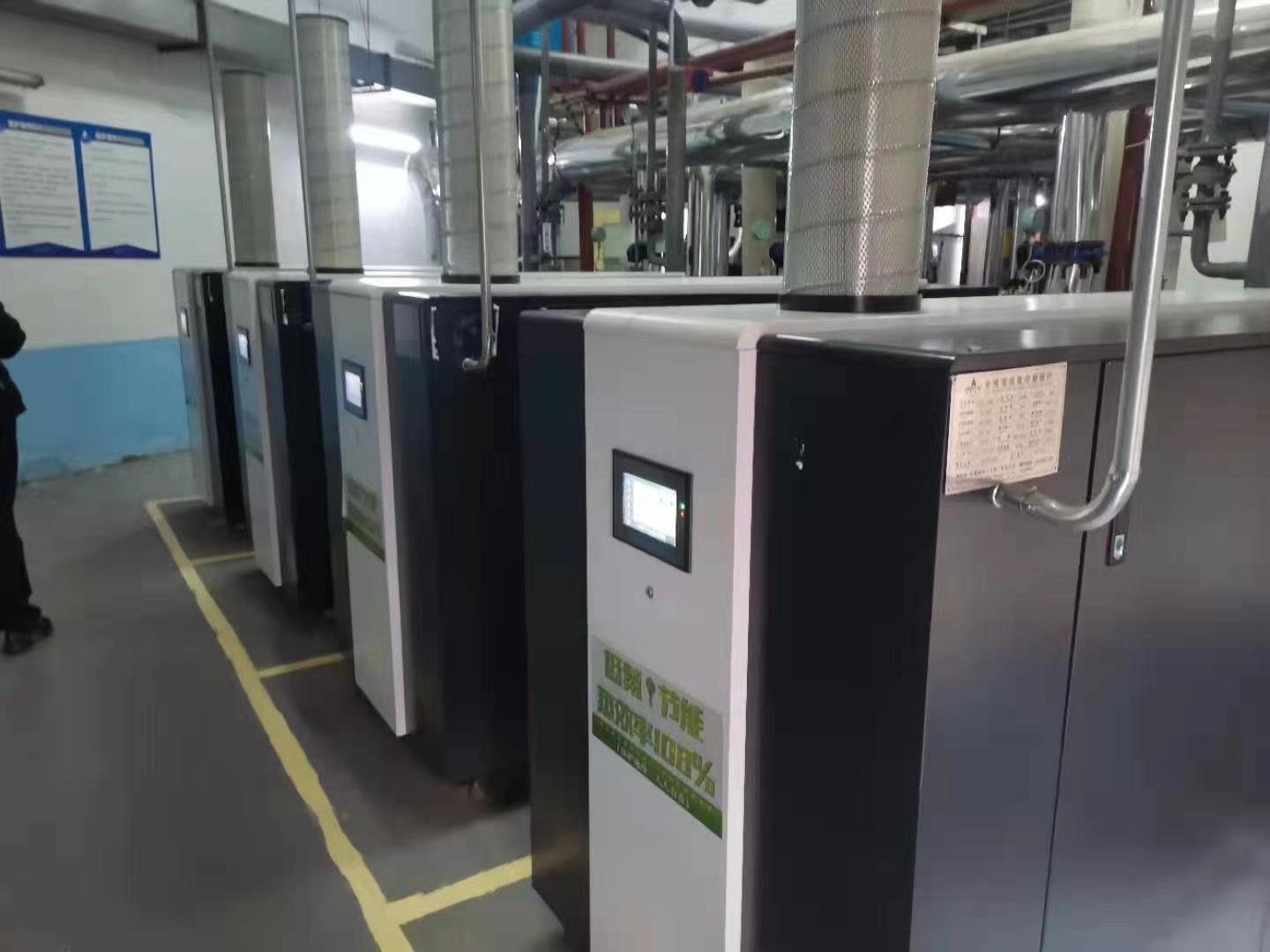- Afrikaans
- Albanian
- Amharic
- Arabic
- Armenian
- Azerbaijani
- Basque
- Belarusian
- Bengali
- Bosnian
- Bulgarian
- Catalan
- Cebuano
- China
- China (Taiwan)
- Corsican
- Croatian
- Czech
- Danish
- Dutch
- English
- Esperanto
- Estonian
- Finnish
- French
- Frisian
- Galician
- Georgian
- German
- Greek
- Gujarati
- Haitian Creole
- hausa
- hawaiian
- Hebrew
- Hindi
- Miao
- Hungarian
- Icelandic
- igbo
- Indonesian
- irish
- Italian
- Japanese
- Javanese
- Kannada
- kazakh
- Khmer
- Rwandese
- Korean
- Kurdish
- Kyrgyz
- Lao
- Latin
- Latvian
- Lithuanian
- Luxembourgish
- Macedonian
- Malgashi
- Malay
- Malayalam
- Maltese
- Maori
- Marathi
- Mongolian
- Myanmar
- Nepali
- Norwegian
- Norwegian
- Occitan
- Pashto
- Persian
- Polish
- Portuguese
- Punjabi
- Romanian
- Russian
- Samoan
- Scottish Gaelic
- Serbian
- Sesotho
- Shona
- Sindhi
- Sinhala
- Slovak
- Slovenian
- Somali
- Spanish
- Sundanese
- Swahili
- Swedish
- Tagalog
- Tajik
- Tamil
- Tatar
- Telugu
- Thai
- Turkish
- Turkmen
- Ukrainian
- Urdu
- Uighur
- Uzbek
- Vietnamese
- Welsh
- Bantu
- Yiddish
- Yoruba
- Zulu
11 月 . 21, 2024 15:42 Back to list
heat exchanger duty
Understanding Heat Exchanger Duty Principles and Importance
Heat exchangers play a pivotal role in various industrial processes, facilitating the efficient transfer of heat between two or more fluids. The effectiveness of this process is often quantified in terms of “heat exchanger duty,” a critical parameter that impacts the efficiency, economy, and environmental performance of thermal systems. This article delves into the concept of heat exchanger duty, its calculation, and its significance in different industries.
What is Heat Exchanger Duty?
Heat exchanger duty is defined as the rate at which heat energy is transferred from one fluid to another within a heat exchanger, typically expressed in units of watts (W) or kilowatts (kW). It represents the performance of the heat exchanger and assists engineers in designing and optimizing thermal systems to meet specific operational requirements.
The duty can be evaluated using the following fundamental equation
\[ Q = \dot{m} \cdot c_p \cdot (T_{in} - T_{out}) \]
Where - \( Q \) = heat exchanger duty (W or kW) - \( \dot{m} \) = mass flow rate of the fluid (kg/s) - \( c_p \) = specific heat capacity of the fluid (J/kg·K) - \( T_{in} \) = inlet temperature of the fluid (°C or K) - \( T_{out} \) = outlet temperature of the fluid (°C or K)
This equation succinctly captures the core of heat transfer, indicating that the duty is directly proportional to the mass flow rate and the temperature difference of the fluids.
Calculating Heat Exchanger Duty
To calculate heat exchanger duty accurately, one must first gather necessary fluid properties including mass flow rates and specific heat capacities. In practical scenarios, engineers may often deal with non-constant properties, especially for phase-changing fluids. Therefore, it’s essential to consider average values over the temperature range experienced within the exchanger.
heat exchanger duty

Additionally, different types of heat exchangers, such as shell-and-tube, plate, and air-cooled exchangers, may have different configurations and methods for duty calculation, but the underlying principles remain consistent.
Factors Influencing Heat Exchanger Duty
Several factors can influence the heat exchanger duty, including
1. Fluid Type Different fluids have varying heat capacities, affecting how much heat they can carry. 2. Flow Arrangement Counterflow exchangers tend to have higher duty compared to parallel flow due to the enhanced temperature gradient maintained over their length. 3. Area of Heat Transfer The surface area available for heat exchange impacts the duty; larger surfaces facilitate greater heat transfer. 4. Fouling Deposits on heat transfer surfaces can significantly impair performance, reducing effective heat transfer.
Importance of Heat Exchanger Duty
Understanding and optimizing heat exchanger duty is crucial for several reasons
1. Energy Efficiency In many processes, heat exchange is a major energy consumer. Optimizing duty can lead to substantial energy savings and minimize operational costs. 2. Process Control Accurate duty calculations enable better regulation of industrial processes, ensuring products are manufactured at required temperatures and specifications. 3. Environmental Impact Efficient heat exchange contributes to lowering greenhouse gas emissions by reducing the need for additional heating or cooling. 4. Safety and Reliability Adequate heat exchanger design, dictated by duty calculations, can prevent overheating or cooling issues that may lead to equipment failure and hazardous situations.
Conclusion
Heat exchanger duty is a fundamental concept in the realm of thermal engineering and essential for the design, optimization, and operation of various industrial systems. By effectively calculating and managing heat exchanger duty, engineers can enhance energy efficiency, control processes rigorously, and minimize environmental impact. As industries continue to evolve, the significance of optimized heat exchange systems—driven by accurate duty assessments—remains a critical focus for sustainable development and operational excellence. In a world increasingly focused on energy efficiency and sustainability, understanding the role of heat exchanger duty becomes ever more essential.
-
Custom Cast Iron Pipe Mold Bottom Ring Durable & ODM Solutions
NewsMay.22,2025
-
Precision nvestment Casting Services – Custom & ODM Solutions
NewsMay.22,2025
-
High-Quality Concrete Pipe Mold Bottom Rings China Factory Supplier
NewsMay.22,2025
-
High-Efficiency Domestic Heating Heat Exchangers Custom Designs
NewsMay.21,2025
-
Premium Cast Steel Pipe Mold Bottom Ring Custom & ODM Solutions
NewsMay.21,2025
-
High-Precision Colloidal Silica Casting Solutions Custom & ODM
NewsMay.20,2025


